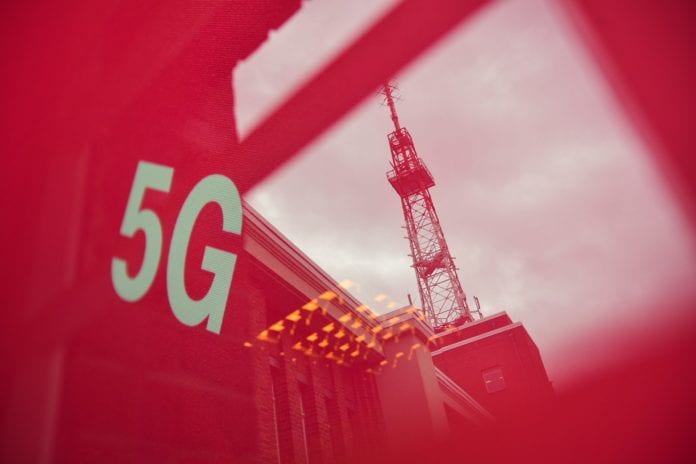German telco Deutsche Telekom said that over 63,000 antennas across the country are already transmitting with 5G, of which 6,000 were installed during 2021, the telco said in a release.
The company added that 90% of the German population has access to its 5G network, while 5G should also cover 90% of the country’s territory by the end of 2025.
Deutsche Telekom has also technically upgraded more than 3,500 5G antennas in the 3.6 GHz band for 5G Standalone. The company said that 5G services provided through spectrum in the 3.6GHz band is offered in more than 140 German cities.
The German telco had previously said that it was expecting to deploy a total of 60,000 5G antennas by the end of 2021.
Claudia Nemat, board member for Technology and Innovation, said: “Our forward-looking understanding of technology and the roll-out strategy based on it have ensured that Germany is already benefiting massively from 5G. And in the shortest possible time. We are running the roll-out marathon at sprint speed. Never before has a new generation of mobile communications been rolled out so quickly.”
Deutsche Telekom noted that its 5G network is ready for 5G standalone deployment as all sites that transmit on the 3.6 GHz band support this technology with immediate effect. Deutsche Telekom plans to roll out 5G Standalone on additional frequency bands in the coming year. “During this time, the technology will also be further developed and optimized. Commercial use will start as soon as customers can experience the applications. 5G Standalone does not require LTE technology in the core network. This technology forms the next stage of 5G. It enables a minimum response time of less than 10 milliseconds and so-called network slicing,” the telco said.
Some of the cities where the telco offers 5G via 3.6 GHz spectrum are Aachen, Augsburg, Berlin, Bonn, Braunschweig, Bremen, Darmstadt, Dortmund, Duisburg, Düsseldorf, Essen, Frankfurt/Main, Hamburg, Hanover, Jena, Kiel, Cologne, Leipzig, Ludwigsburg, Munich, Nuremberg, Saarbrücken, Schwerin, Stuttgart, Wiesbaden and Wolfsburg.
Deutsche Telekom currently uses two frequencies for 5G. The 3.6 GHz frequency enables the fastest download speeds. The high-speed 5G is mainly used in densely populated regions. In addition, Telekom uses the longer-wave 2.1 GHz frequency.
Over 53% of the German territory is covered by at least one provider supplying 5G as of the end of October, according to the latest available data from the Federal Network Agency (Bundesnetzagentur).
The frequencies in the 3.6 GHz bands, auctioned off in 2019 and used exclusively for the provision of 5G services, have initially been used by network operators in urban areas of Germany, so high speeds are mainly available in metropolitan areas, the regulator said.
“In order to achieve a high area coverage with 5G, mobile operators Deutsche Telekom and Vodafone in particular use the technology called Dynamic Spectrum Sharing (DSS). The existing 4G infrastructure is also used for 5G and the cellular spectrum is split between the two technologies as required,” the regulator added.

